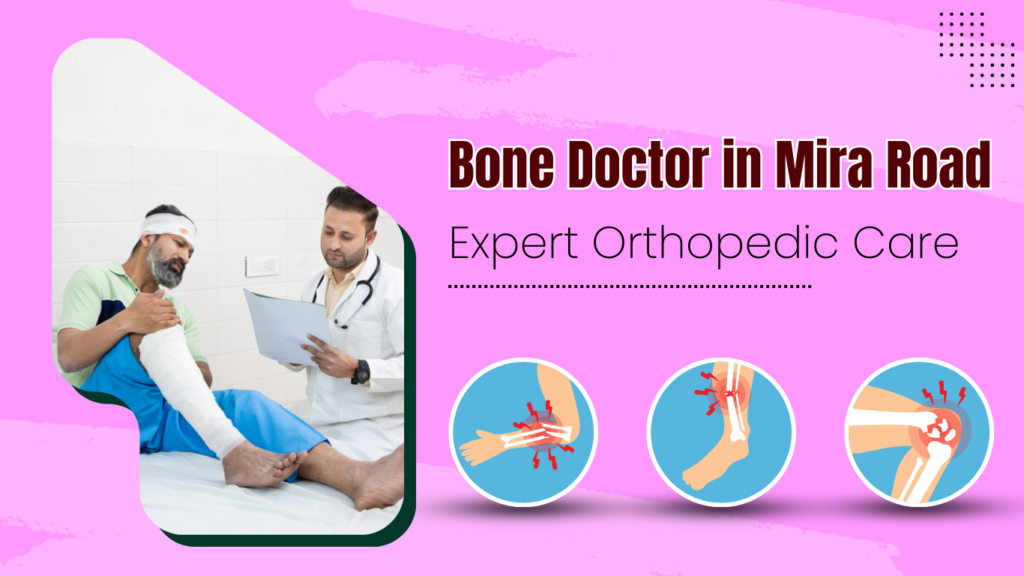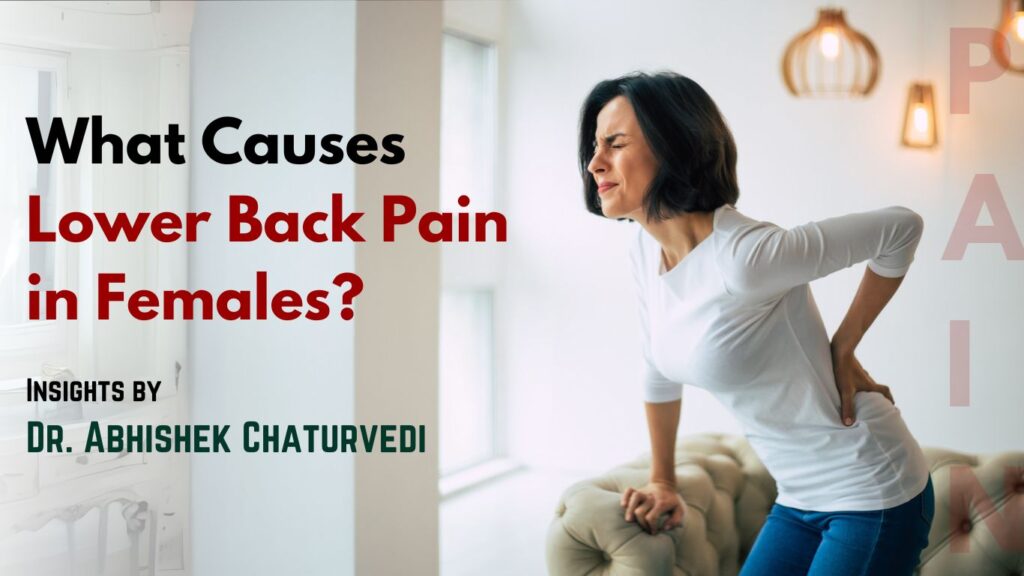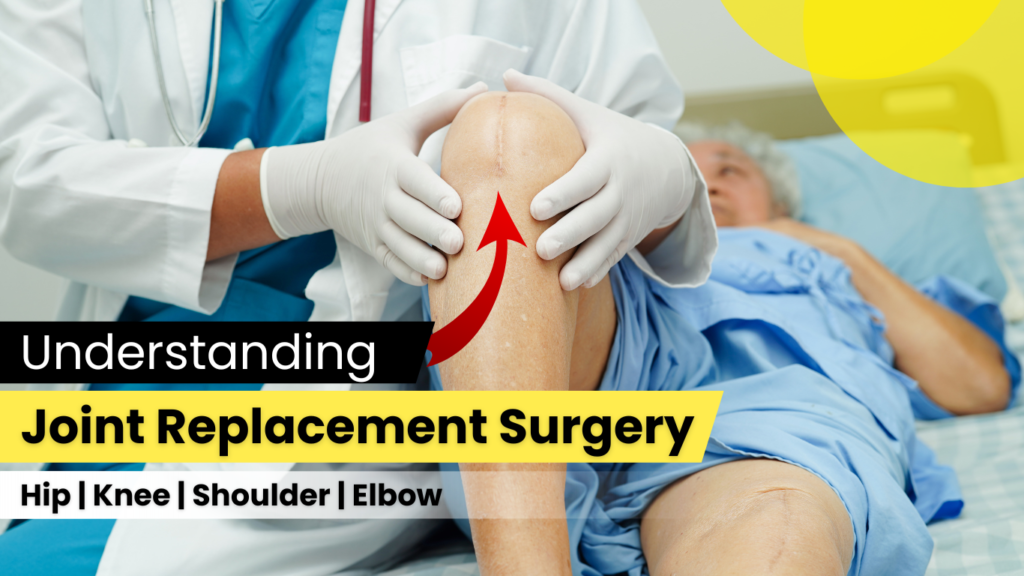Lower back pain is a common issue that affects people of all ages and backgrounds, but it is particularly prevalent in women due to unique anatomical, hormonal, and lifestyle factors. This blog explores the common causes of lower back pain in females, along with effective prevention and management strategies. 1. Hormonal Changes and Menstrual Cycle Hormones and Pain Sensitivity: Female hormones, particularly estrogen, can influence pain sensitivity and muscle strength, sometimes leading to increased discomfort in the lower back. Menstrual Cycle: During menstruation, the body releases prostaglandins, chemicals that cause uterine contractions and can lead to pain that radiates to the lower back. Endometriosis: This condition, where tissue similar to the uterine lining grows outside the uterus, often causes intense pelvic and lower back pain, particularly around menstruation. 2. Pregnancy and Postpartum Period Weight and Postural Changes: The growing weight and shifted center of gravity during pregnancy can lead to increased stress on the lower back. Hormone Relaxin: During pregnancy, the hormone relaxin is released to loosen ligaments, particularly in the pelvic area, which can also affect the stability of the lower back and increase pain. Postpartum Effects: After childbirth, weakened abdominal muscles and strain from baby-carrying can further contribute to lower back pain. 3. Pelvic Inflammatory Disease (PID) Pelvic Infections: PID is an infection of the female reproductive organs and can lead to lower back pain along with pelvic pain, fever, and unusual discharge. Early diagnosis and treatment are crucial to prevent complications. Chronic Pelvic Pain: Untreated PID or other pelvic inflammatory conditions can lead to chronic lower back pain that can become difficult to manage over time. 4. Lifestyle Factors and Poor Posture Sedentary Lifestyle: Sitting for prolonged periods, especially with poor posture, can lead to muscle weakness and back pain. High Heels: Regularly wearing high heels can cause postural shifts, leading to increased pressure on the lower back. Lifting Heavy Items: Incorrect lifting techniques can put a strain on the lower back muscles and contribute to long-term pain. 5. Spinal Conditions Degenerative Disc Disease: Age-related wear and tear on spinal discs can cause pain in the lower back and is more common after menopause. Herniated Disc: This condition occurs when a spinal disc bulges and presses on nearby nerves, causing sharp pain that can radiate to the legs. Spinal Stenosis: Narrowing of the spinal canal, often due to age-related changes, can compress nerves, leading to lower back pain. 6. Osteoporosis Weakening of Bones: Women, particularly post-menopausal women, are at higher risk of osteoporosis, a condition where bones become brittle and weak. This increases the risk of fractures, particularly in the spine, which can lead to chronic lower back pain. 7. Fibromyalgia Widespread Pain: Fibromyalgia is a chronic pain condition that affects muscles and soft tissues, leading to widespread pain, including in the lower back. Pain Sensitivity: Women are more likely to experience fibromyalgia, which may heighten sensitivity to pain, fatigue, and other symptoms that affect daily life. Tips for Prevention and Management of Lower Back Pain in Females Maintain a Healthy Weight: Excess weight, especially around the abdomen, can increase strain on the lower back. A balanced diet and regular exercise are key. Practice Good Posture: Sit and stand with your shoulders back and avoid slouching. Ergonomic furniture can also help maintain a healthy posture. Strengthen Core Muscles: Strong abdominal and back muscles provide better support for the spine. Core-strengthening exercises like planks, yoga, and pilates can be beneficial. Be Mindful of Footwear: Avoid high heels for long periods, as they can throw off your posture and lead to back pain. Opt for supportive shoes whenever possible. Use Proper Lifting Techniques: When lifting, use your legs rather than your back, keeping the object close to your body. Stay Active: Regular low-impact exercises like walking, swimming, and cycling help keep muscles strong and reduce the risk of back pain. Seek Medical Advice When Needed: Persistent or severe lower back pain should not be ignored. Consulting an orthopedic specialist like Dr. Abhishek Chaturvedi can help identify the root cause and establish a treatment plan. When to See a Doctor for Lower Back Pain in Females If lower back pain persists for more than a few weeks, becomes more intense, or is accompanied by symptoms like fever, numbness, or weakness, it’s important to consult a healthcare provider. Early diagnosis and treatment can prevent the condition from worsening and improve quality of life. Conclusion Lower back pain in females can arise from various factors, including hormonal changes, lifestyle habits, and underlying medical conditions. Understanding these causes and taking preventive steps can go a long way in reducing discomfort and maintaining a healthy back. Dr. Abhishek Chaturvedi, Orthopedic Surgeon in Malad and Mira Bhayandar, Mumbai, is dedicated to helping women manage and treat lower back pain effectively, allowing them to lead active and pain-free lives. For personalized advice and expert care, reach out to Dr. Chaturvedi’s clinic today. Remember, early intervention and healthy habits are the keys to managing lower back pain successfully.








